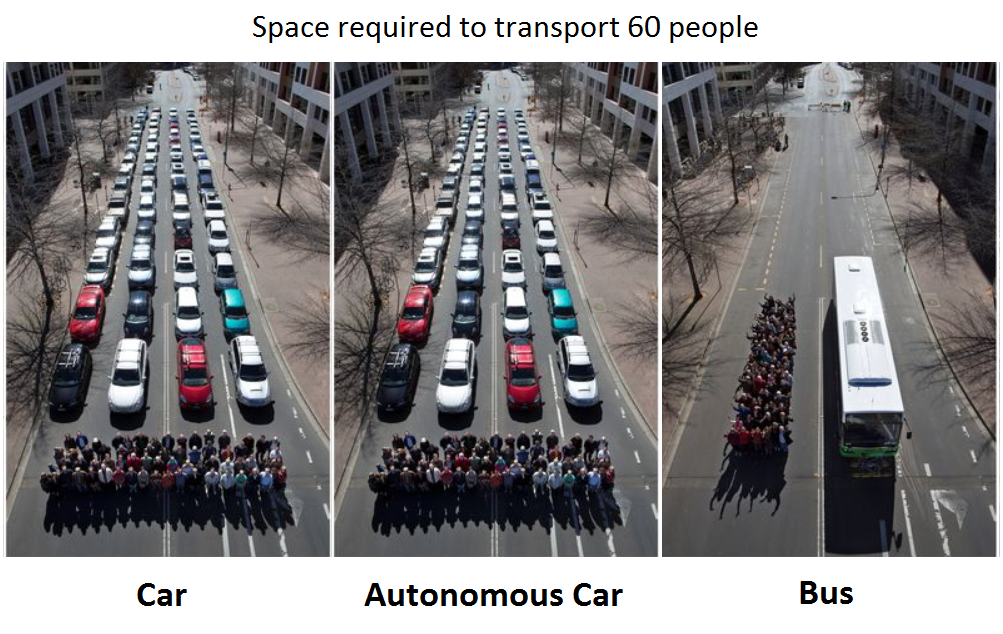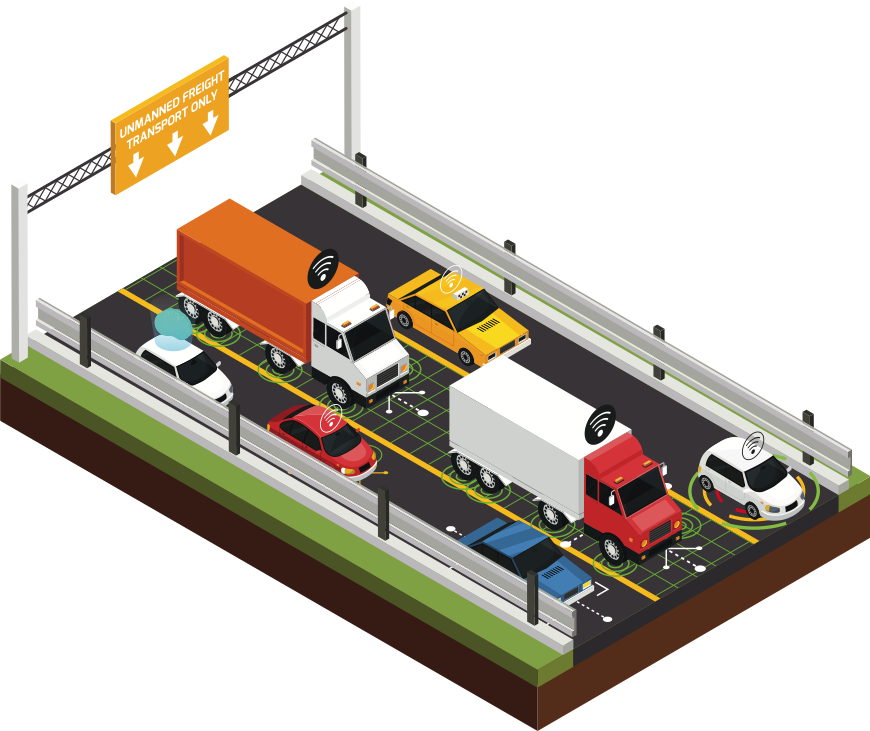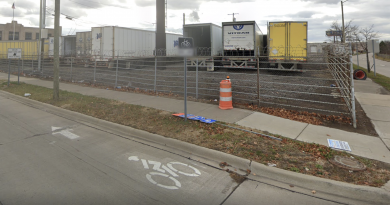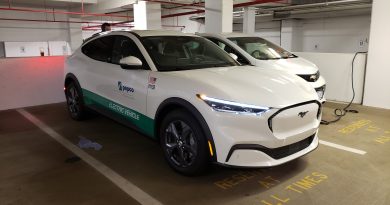New Mobility Needs Old Mobility, Too!
I admit that I often approach discussions of “new mobility” with trepidation. Many mobility-themed events in Detroit are launched with much fanfare but end up just talking about, duly-hashtagged, #design and #autonomous. For the most part, autonomous vehicles are, as I like to borrow a phrase from one of my heroes, an intellectual tour de force in a conceptual desert. Essentially, “we’re inventing complex solutions for problems that, while intriguing, demand much simpler ones.”
So I was skeptical about a session I walked into at NetImpact last weekend. And boy, was I sure glad it wasn’t wholly focused on autonomous vehicles and how they’re going to change the world! Quite the contrary– though I might have guessed from Detroit’s own Lisa Nuszkowski‘s presence on the panel. Much of the session focused on strategies for partnership, expanding access, and improving operations and programs.
When asked what technologies the panelists were most excited about, Lime’s Nico Probst responded, enthusiastically: “City buses!”
Ever conditioned to the deluge of obsession over technological innovation for the sake of technological innovation, I had half expected him to say something like, “SpaceBikes that you can rent from your Google Glass!”
SYNERGY REQUIRES BOTH PARTS
Wait a minute. One of the companies that is aggressively pushing the “new mobility” paradigm is pushing for… city buses? Probst’s point was that Lime isn’t a universal solution for mobility. Data, he says, show that the average Lime trip is about 1.3 miles. Those same data also show that only about a third of Lime trips replace car trips. But can you take a bus between those points? Can you take a bus from your house to a point near your destination?
Probst’s point was that 1.3 miles nearly fits the literal meaning of “last mile” solution. But you can’t even have a last mile solution if you don’t have a solution for the first few miles. He echoed something Prashanth Gururaja of the Shared Use Mobility Center said at a TRU event a couple of weeks ago, basically that “none of this cool stuff matters if we can’t figure out public transit.”
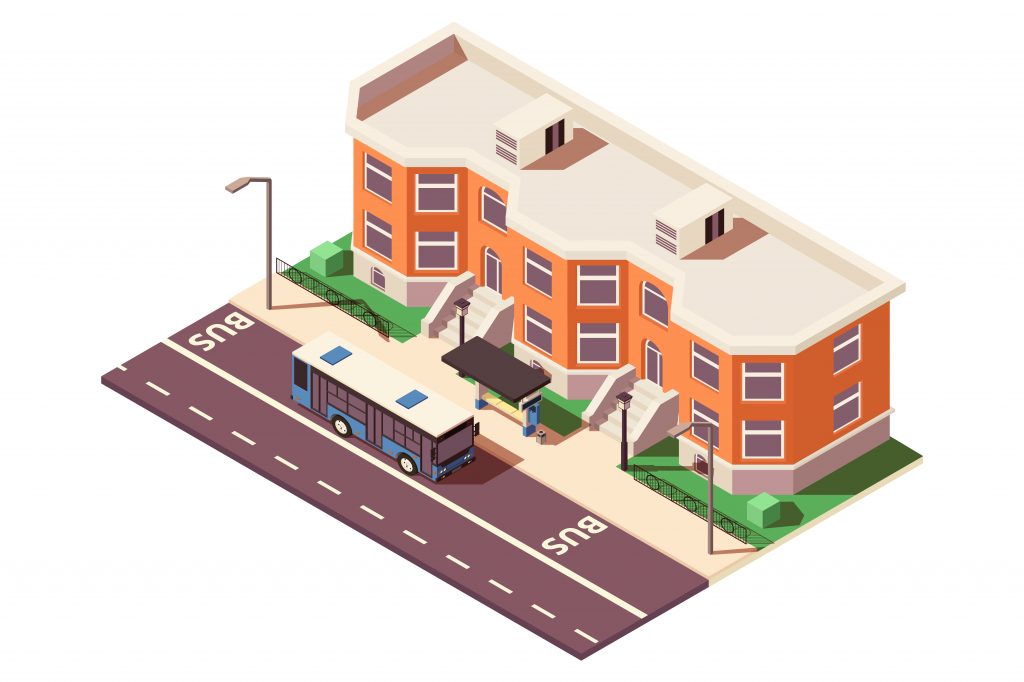
This highlights an enormously important point about new mobility, and that’s that we can’t have the new without the old. There is that great old chestnut of a meme (possibly the most millennial thing I have ever typed) with the buses showing that a bus is so much more efficient than carrying that same number of people in individual, single-occupant automobiles. And then there’s a great, tongue-in-cheek adaptation for the #newmobility era, showing that single-occupant automobiles take up the same amount of space as single-occupant autonomous vehicles! Who’da thunk?
Probst also pointed out that Lime riders are effectively turned into policy advocates, which was an interesting idea. “If it’s their first time on a scooter,” he said, “they might not have ever realized how bad the streets were.”
Such is perhaps not true in Detroit, where our streets are notoriously potholed. But it’s a useful point in thinking about how participants or customers can become advocates for improving the system they’re operating within.
One persistent critique of Lyft and Uber is that they actually create a ton of congestion. Cars circle and circle and drive from one dropoff to the next pickup. To be sure, TNC’s are super convenient– and I admit to using them once or twice a month. But autonomous vehicles wouldn’t really solve this problem of congestion caused by the TNC’s. That is, if people keep relying on the TNC’s for their primary mode of transportation, we haven’t really gotten anywhere.
TRANSIT: EXPANDS ACCESS, MODE CHOICE, AND LOWERS COSTS
From an economic standpoint, however, this doesn’t mean that transit will be taking customers away from Uber, Lyft, Lime, Spin, or Bird. And that’s good. Mode choice is a beautiful thing. If it’s rainy one day and you’d rather not bike, you can take the bus. If you don’t want to fool with locking up your bike somewhere, you can take a bikeshare bike or scooter. And, if you have to go from your office to pick up a special something out in the suburbs and then race back to see your kid’s school play and bring cookies for the bake sale, you might even drive (the horror, I know). Transit expansion principally means more disposable income and more choice for people who benefit from it.
The USDoT FHA estimates that Americans drive an average of 13,476 miles per year. If you’re one of the Americans who drives a light truck or SUV, that’s somewhere in the range of $1300-1800 per year in gas alone. With AAA’s all-inclusive estimate for the annual cost of car ownership at $10,000 per year, you’re also including things like insurance (which, in Detroit, can run you $400-600 a month) and purchase, financing, and/or depreciation. Purchase and depreciation alone run a few thousand dollars a year for a new car. But if you don’t own a car, you’re not spending this money– meaning you have more to spend on other kinds of transportation or, God forbid, the rest of your life.
Just another illustration of why it’s not a matter of “public spending” or, as they call it in Michigan, “socialism,” to shift the cost structure away from burning fossil fuels toward spending money differently and more efficiently.
It was a good panel and I was glad I went. There’s certainly a big push in the mobility space to obsessively focus on autonomous this and smart city that. But I’m glad there are a lot of smart, well-connected people who recognize that, at the core, much of this debate is simply about creating better infrastructure, and that begins and ends with public transit.

